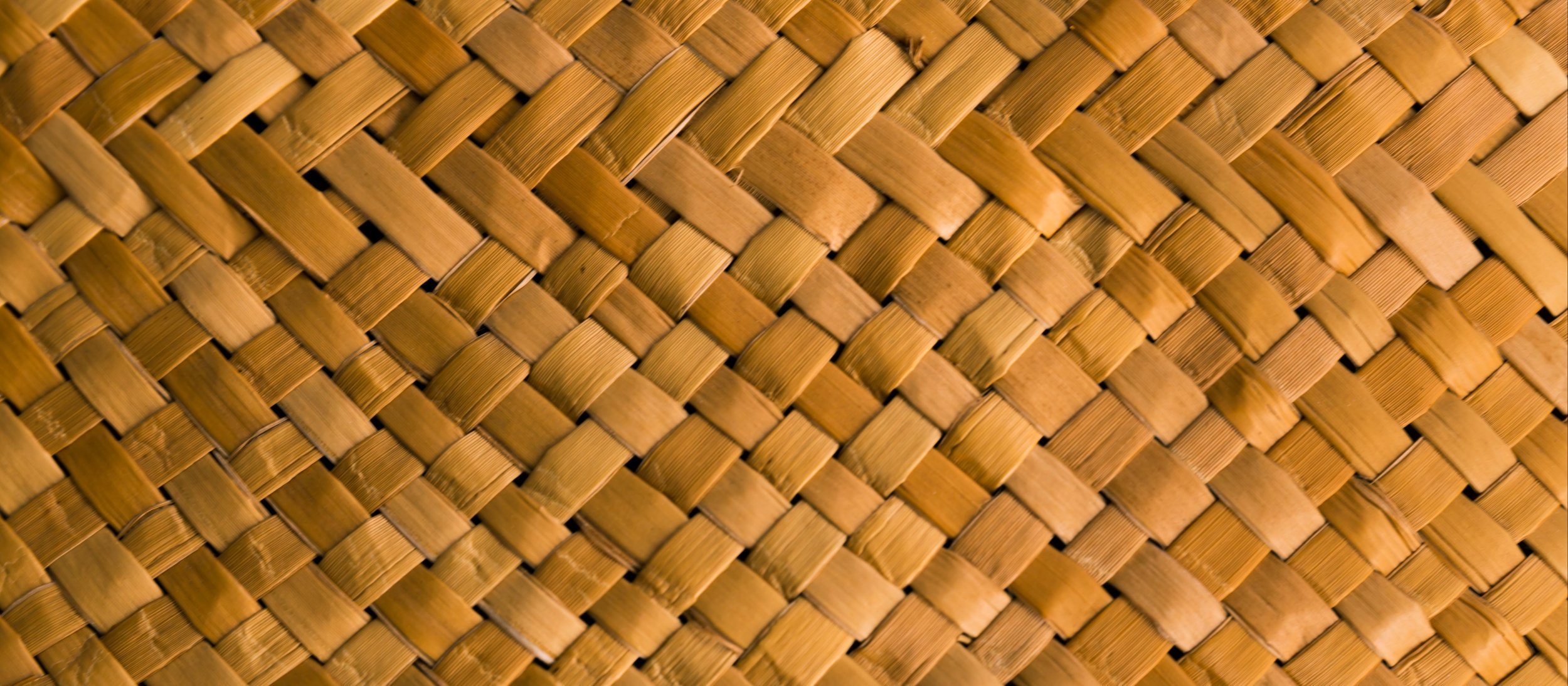
Sorting A Timeline
Sorting Algorithms & Anzac Day History
Related
Year Levels
Y3-4 (Guided)
Y5-6
Y7-8
Duration
1 lesson
Resources
Differentiation
Use the sorting algorithm and network diagram to sort other collections of data, like dates that relate to school or more personally to learners, or any other set of six items that can be compared and sorted.
Extension
Challenge learners to consider how we can adjust the sorting network to accommodate data sets of more or less than six items. How would this change how our pairs are organised? How many rounds will we need to effectively achieve a result?
About Activity
How simple is it to look at a set of numbers and arrange them in order? How about for a computer?
Computers are limited to following instructions exactly as they’re programmed. So unlike us, they can’t get creative beyond what’s written in their code. So how can we write an algorithm that a computer can follow to sort our data?
This activity introduces the concepts of computational thinking, algorithms in general and sorting algorithms more specifically.
Learners will consider important dates in the history of Anzac Day in Aotearoa New Zealand, then use a simple sorting algorithm to think like a computer and sort the dates into chronological order.
This activity contains:
Page 1 = Overview & Instructions
Page 2 = Information Cards
Page 3 = Sorting Network Diagram



